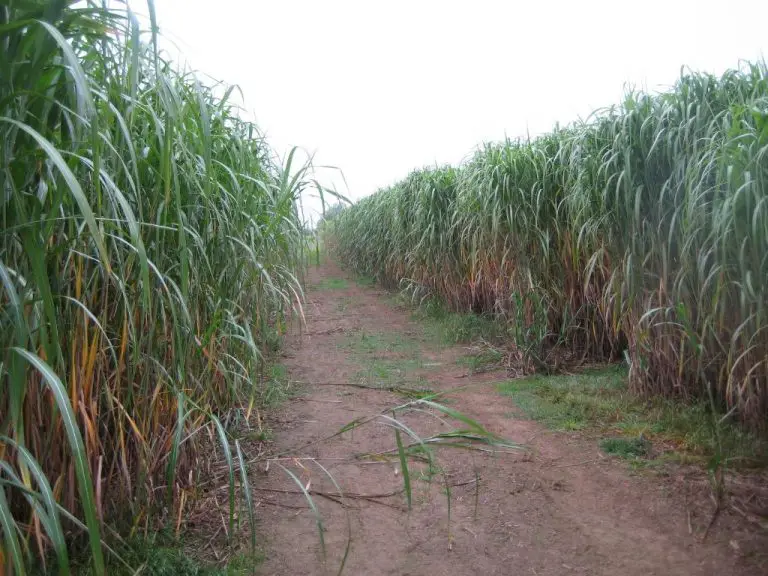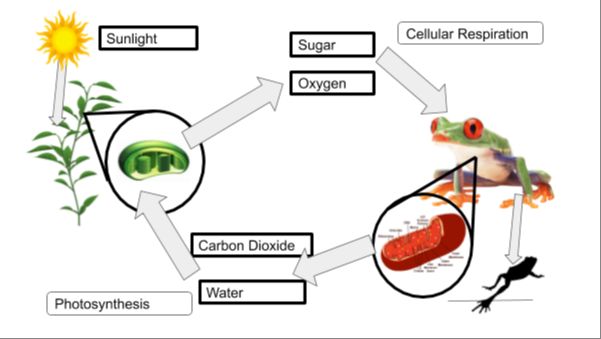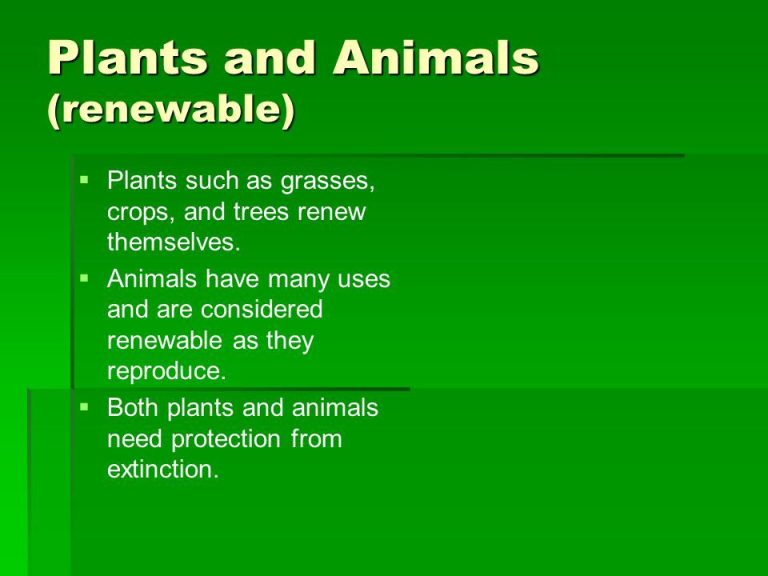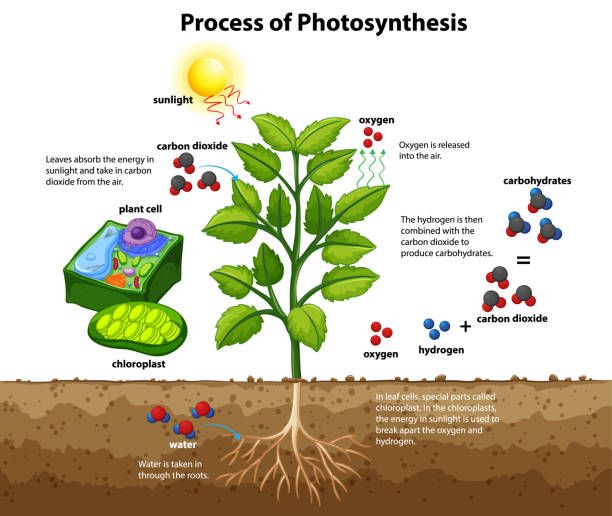What Happens When We Run Out Of Energy?
Our modern civilization is built on access to plentiful and affordable energy. As the world population grows to an estimated 8.5 billion by 2030, global energy consumption continues rising by approximately 2% each year (Enerdata). Fossil fuels like oil, coal, and natural gas still make up 80% of the world’s primary energy use, despite growth in renewable sources (Our World In Data). This dependence on finite fossil fuel reserves means that someday we may face an energy crisis if consumption outpaces discovery of new deposits. Running out of affordable energy sources would disrupt every sector of the global economy and touch every human life. This article will explore the potential impacts of exhausted energy supplies on transportation, electricity, food production, healthcare, climate, politics, and society. Understanding these risks highlights the urgent need to transition to sustainable renewable energy sources like solar, wind, and hydropower before it’s too late.
Transportation Disruptions
A lack of energy would severely disrupt transportation systems that rely heavily on oil, especially in the United States. According to the U.S. Energy Information Administration, petroleum accounted for about 90% of total U.S. transportation sector energy use in 2022 (source). If oil supplies ran low, it would impact travel, trade, and supply chains.
With less oil available for fuel, there would be reductions in air travel, trucking, and shipping. Public transit systems would also be affected. This would disrupt tourism, business travel, and the movement of goods. Just-in-time manufacturing and global supply chains, which rely on trucks, planes, and ships running on oil, would be severely impacted.
Trade would decline without oil to power heavy transport. Reduced movement of raw materials, parts, and finished products between countries and regions could lead to shortages. With limited oil supplies, transportation costs would also rise.
In summary, a lack of oil would greatly restrict transportation, disrupting business, trade, and access to goods. It would require major adaptations and transitions to more sustainable energy sources for transportation.
Power Grid Failure
As the world’s supply of fossil fuels like coal, natural gas, and oil declines, electricity generation is projected to plummet. According to the U.S. Energy Information Administration (EIA), about 60% of electricity in the United States is currently generated from fossil fuels. Source As these resources become increasingly scarce, power plants may be forced to shut down entirely. The EIA reports that nuclear and renewable sources like hydro, wind, and solar only make up about 39% of U.S. electricity generation. Source Without enough alternative energy sources to meet demand, widespread and prolonged blackouts could occur across the U.S. and the world.
The inability to generate sufficient electricity would cause major disruptions to modern life. Homes and businesses would lose power, Internet and cell service could fail in areas relying on centralized telecom grids. Lack of refrigeration and pumped water would present health hazards. Blackouts could also impact critical facilities like hospitals and emergency services, putting lives at risk. With the global population accustomed to electricity access, a shrinking power supply would have devastating humanitarian and economic consequences.
Economic Collapse
When energy supplies start to dwindle, economic activity that relies on abundant energy will begin to decline. This can lead to widespread recession as energy-intensive sectors like manufacturing and transportation start to falter. For example, one study by the St. Louis Federal Reserve found that oil supply shocks have a small but measurable impact on U.S. manufacturing employment (https://www.stlouisfed.org/on-the-economy/2023/aug/what-is-impact-oil-supply-shocks-employment).
As businesses in energy-dependent industries struggle and lay off workers, unemployment rates could skyrocket. This happened during the 1970s oil crisis when unemployment reached nearly 10% in the U.S. Households with job losses will cut back on spending, further reducing economic demand. Plunging demand along with supply shortages leads to stagflation – the toxic combination of high unemployment and high inflation.
If energy scarcity persists for long periods, the recession can become a full-blown depression. Economic output measured by GDP could contract significantly, by over 10% as seen during the Great Depression. Entire regions or countries that depend heavily on energy exports like oil and natural gas would be devastated by an energy shortage, causing widespread financial ruin.
Food Insecurity
Modern industrial agriculture is heavily dependent on fossil fuel energy inputs. The production of synthetic fertilizers like ammonium nitrate consumes significant natural gas, accounting for 1-2% of total world energy demand (Energy and the food system – PMC). The US agriculture system uses over 500 trillion BTUs of energy annually just for fertilizer (Energy Inputs in Agriculture). Without ample fertilizer derived from fossil fuels, crop yields would plummet. In addition, most farm equipment like tractors and combines run on diesel fuel. Transportation and distribution of food relies on oil and gas. If energy supplies run short, farming activities, food processing, and logistics networks are jeopardized, potentially leading to widespread hunger and hardship.
Health Crises
Hospitals and other healthcare facilities rely heavily on electricity to provide care and treat patients. According to one study, hospitals’ dependence on electricity became extremely evident during the COVID-19 pandemic. Electricity is essential for powering medical equipment, lighting, heating/cooling systems, communications, and water sanitation.
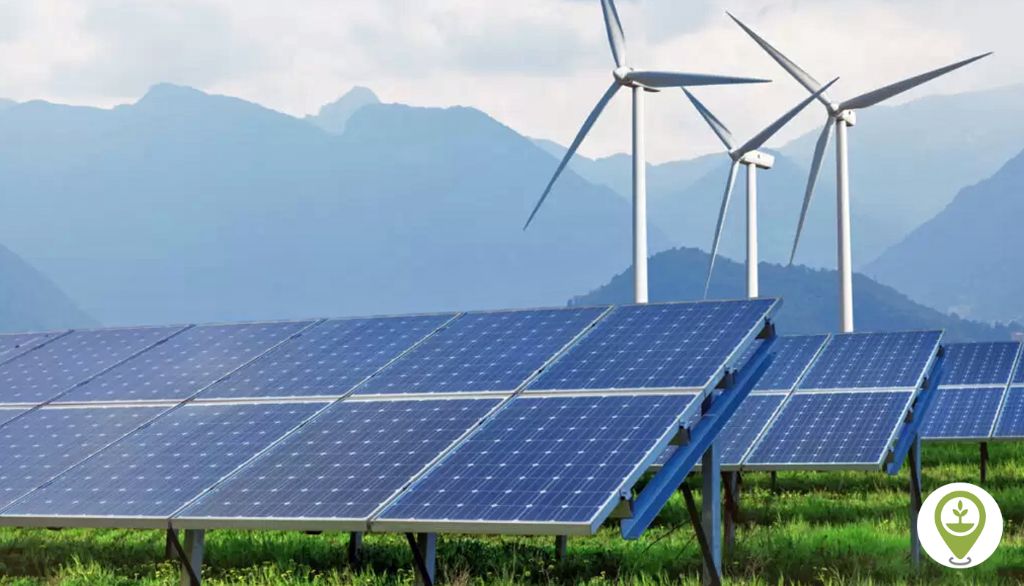
If energy resources run out, hospitals would be unable to operate normally. Vital equipment like ventilators, imaging machines, and lab diagnostics require electricity to function. According to the WHO, over 50% of healthcare facilities in sub-Saharan Africa do not have access to reliable electricity. This severely impacts their ability to provide adequate care.
Without electricity to power storage refrigerators and supply chains, many medicines and vaccines would be unavailable. Access to treatment would decline dramatically, leading to people being unable to get care for chronic and infectious diseases. The world has already seen how strained healthcare systems can become during a crisis; energy scarcity would exacerbate these issues exponentially.
Geopolitical Conflict
As global energy supplies dwindle, geopolitical tensions and conflict over remaining resources may rise dramatically. Many experts warn that resource nationalism and control over remaining oil and gas reserves could become major sources of international disputes (KPMG).
With the world’s easy-to-access oil supplies depleted, countries will fight for control over remaining reserves. As Chatham House reports, geopolitical rivalry over oil has been the source of much conflict in the past (Chatham House). This pattern could repeat itself as supplies dwindle further. Countries heavily reliant on imports may try to control oil production abroad. Exporters will hold onto their reserves more tightly.
Oil-rich regions like the Middle East could see heightened risk of conflict between major powers. The U.S., Russia, China and others may attempt to control or influence these areas to protect their energy interests. Small wars or proxy battles could erupt over remaining supplies. Such geopolitical tensions could have massive economic impacts, affecting oil prices and financial markets.
Climate Disasters
Unless immediate action is taken to curb greenhouse gas emissions, unmitigated climate change could lead to further and more severe extreme weather events that would disrupt energy supply and demand. Climate change is creating feedback loops where climate disasters like droughts, floods, and wildfires threaten energy production and infrastructure, while energy usage releases more emissions that worsen climate change.
Extreme heatwaves, for example, increase demand for cooling and electricity while simultaneously reducing the efficiency and capacity of thermal power plants, hydroelectric dams, and electricity transmission lines. Extended droughts can reduce hydropower capacity while lower river levels hinder fuel transportation. More intense hurricanes can damage offshore oil rigs, coastal refineries, pipelines, and electricity infrastructure. Wildfires sparked by hot and dry conditions can destroy transmission lines and threaten the power grid.
If global temperatures continue rising unchecked, climate disasters and disruptions to energy systems will become more frequent and severe. This vicious cycle underscores the urgency of transitioning to renewable energy sources and reinforcing energy infrastructure to withstand climate impacts. Failing to curb emissions and prepare energy systems for climate change could lead to catastrophic blackouts, fuel shortages, and spiraling costs across the economy.
Social Instability
Energy poverty and shortages can lead to social instability in a number of ways. Lack of access to affordable energy can cause unrest and migration as people struggle to meet basic needs. According to the World Economic Forum, energy poverty is defined as the lack of access to sustainable modern energy services and products, which negatively impacts individual development and health (source).
As energy resources become scarce, competition over access is likely to increase. Resources that seemed abundant may suddenly be in short supply, leading to conflict. According to a study published in the Journal of Structural Change and Economic Dynamics, energy shortages can lead to social instability, unrest, and even violence as people compete for limited resources (source).
Lack of access to energy for heating, cooling, cooking, and transportation reduces quality of life. As energy poverty increases, social exclusion and inequality are exacerbated. People without reliable access to energy can become marginalized, leading to further unrest. Energy poverty has been linked to serious health impacts as well, including higher rates of respiratory disease, hypothermia, and excess winter mortality (source).
Transitioning to Sustainability
As fossil fuels decline, a transition to renewable energy sources like solar, wind, geothermal, and hydropower will be critical. The renewable energy transition is already underway in many parts of the world. According to S&P Global, the share of renewables in global electricity generation jumped from under 10% in 2000 to nearly 30% in 2020.
To accelerate the transition, governments can establish policies to encourage renewable energy development like tax incentives, performance standards, and carbon pricing. Individuals can also contribute by conserving energy, choosing renewable power, and pressuring corporations and politicians to act. Energy efficiency improvements in buildings, transportation systems, and industrial processes can further reduce fossil fuel dependence.
According to the UN, making renewable energy technologies freely available globally could rapidly scale their deployment. Improving access to raw materials and manufacturing capacity is also important. With concerted effort across sectors, a full transition to renewable energy is achievable in coming decades.

